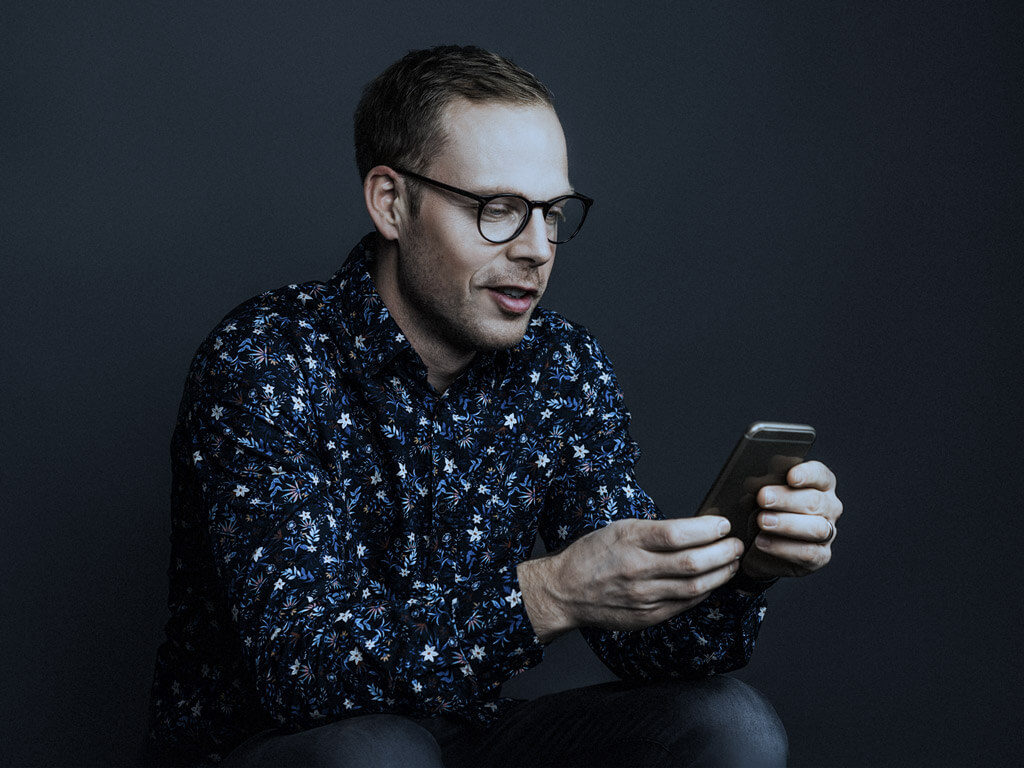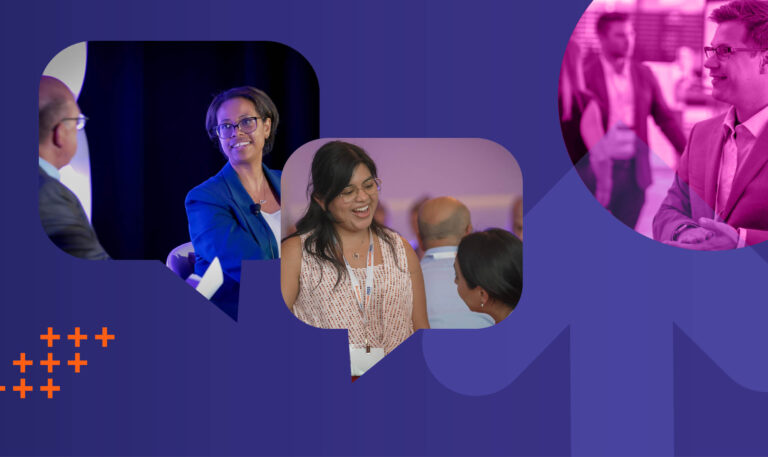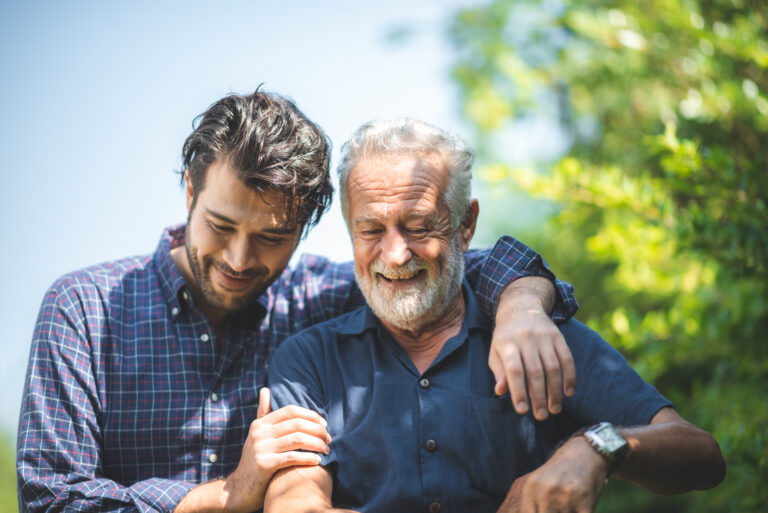A healthy mind in a healthy body is a phrase that’s been around for two millennia (an ancient Roman is credited with it). Originally meant to convey faculties we should aspire to, it later came to capture the interdependence of mental and physical wellness. The ancient Romans had an imperfect understanding of this fragile equilibrium compared to today, but many of the same factors that conspired against the ancients and a healthy mind-body equilibrium still threaten us. One of the most insidious is loneliness.
The COVID-19 pandemic has also coined a phase—social distancing. This lesser of two evils has limited social interaction and left us, temporarily, in a lonelier world. It has also weakened the social support structures we previously took for granted, and which help sustain a ‘healthy mind in a healthy body.’ The Disaster Distress Helpline at the Substance Abuse and Mental Health Services Administration saw an almost nine-fold increase in calls in March 2020 compared to a year ago. Troubling as this trend is, it may also be something of a red herring.
Isolation—perceived or actual—is an omnipresent risk and chronic, long-term reality. According to a 2018 national survey by Cigna, levels of loneliness have reached an all-time high, with half the 20,000 surveyed reporting “they sometimes feel alone.” The Health Resource and Service Administration reports that a quarter of the U.S. population and almost one-third of older adults lives alone, and this number has been rising over the last decade. A recent meta-analysis published in the Monitor on Psychology of the American Psychological Association, determined that a lack of social connection heightens health risks “as much as smoking 15 cigarettes a day or having alcohol use disorder.”
Typical consequences of chronic loneliness include cardiovascular disease, chronic depression and attendant risk of suicide; also cognitive decline, Alzheimer’s disease, and an overall, elevated risk of mortality. The meta-research further suggests, “chronic loneliness is most likely to set in when individuals either don’t have the emotional, mental or financial resources to get out and satisfy their social needs or they lack a social circle that can provide these.”
The current pandemic has doubtless highlighted the issue of loneliness, and this silver lining may yet prompt structural changes in healthcare and perceptions of what it is to be isolated. For now, the Coronavirus Preparedness and Response Supplemental Appropriations Act 2020, which was signed into law on March 6, has expanded digital and tele- mental health services in order to prevent further decompensation (inability to summon up psychological coping mechanisms) and avoid potential consequences like suicide attempts, emergency department visits and need for psychiatric hospitalizations, in a resource-constrained environment.
Beyond the pandemic, it is likely that longer-term support frameworks will be needed. Psychiatrist Damir Hueromevic, who co-authored the (prescient) 2019 book Psychiatry of Pandemics: A Mental Health Response To Infection Outbreak, is one of many commentators with a cautionary note. The book warns the secondary effects of the pandemic such as recession, social unrest and unemployment, could trigger widespread and ongoing mental health challenges.
The difficult truth is that even a nominal end to the “social distancing” will not necessarily end the isolation issues it engenders. In fact, Science News reports that even relatively shorter-term isolation can lead to longer-term psychological problems, consistent with post-traumatic stress. Some studies even hypothesize a chemical “switch” that is flipped during longer-term isolation. A team of researchers at Caltech demonstrated over an extended series of studies that prolonged social isolation in mice could lead to physical changes in the structure of the brain’s neuroreceptors. This caused behavioral changes, including increased aggressiveness and persistent fear. Such responses remained “frozen in place” long after the isolation ended. Humans possess a similar physiological brain chemistry to the areas impacted in the mice. Other human-based studies suggest that isolation can be recursive. Being isolated and lonely can further weaken the motivation and ability to engage with others, leading to still greater isolation… and so on.
The physical and mental effects of loneliness and social detachment may be unsurprising given what we know about the mind and psychosomatic illness. What might surprise, however, is a significant remedy. In the context of mitigation, “giving” can actually be better than “receiving.” Research on those suffering from loneliness affirms that by helping others, not only can the “giver” gain the benefit of a social network, but gain a sense of purpose. This altruistic behavior, according to findings presented in Scientific American creates a valuable social bond with others and stimulates the mind to build neural connections which make the brain more resilient to cognitive decline and dementia-related diseases, like Alzheimer’s.
While on the subject of giving versus receiving—if you’re reading this article and work for a provider, managed care plan or other organization vested in caregiving, here’s some news that might resonate: Helping others and doing so effectively not only helps your member population, but can also improve employee productivity. A wide body of research – collectively called the “Happy Worker Thesis” – demonstrates that happy people are more productive. A recent study of call-center employee productivity described a strong causal effect of happiness on sales and other key interactions. mPulse understands this premise well.
The mPulse Engagement Console – the browser-based UI that lets staff manage text interaction with members – is designed to give staff more capacity to focus on higher-order, more valuable and satisfying interactions instead of spending time outbound calling or answering simple questions. Research also supports the flip side of the happy=productive equation. Productive people, like your employees, tend to be happier. Why? Because being productive can translate to a greater sense of purpose, which improves self-esteem. It can also enhance mental satisfaction and the release of endorphins.
Finally – as you address your own challenges including those of the “new normal” – know you aren’t alone. mPulse is a leader in engaging consumers about healthcare challenges and how they change relative to public health issues – the pandemic being one example. We build dedicated programs that respond to, evolve with, and anticipate this change. Our platform helps activate consumers to drive healthy behavior change, by efficiently and effectively engaging them in meaningful conversations, ultimately strengthening their relationship with the healthcare organization that supports them.
Building on this expertise, mPulse has put together a COVID-19 Strategic Communications Tool Kit. It comprises a coordinated suite of programs and resources to help you purposefully connect your population to services, information and updates during this crisis and the recovery phases to follow. These include resources to mitigate adverse effects of social isolation among your population. Our COVID-19 Strategic Communications resources address varied the messaging and communications challenges of the pandemic and are based on direct experience and collaboration. To date, we’ve supported tens of millions of COVID-19 communications to patients and members via SMS, email, IVR and mobile web.




